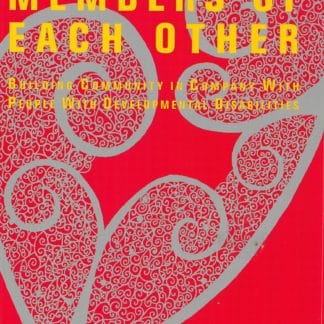Learning to Expand the Social Resources Available to People With Severe Disabilities at Work
John O’Brien
Oct. 1990
Supported employment for people with disabilities has grown rapidly since arising on the US agenda in the mid-1980’s and now holds a central place in discussions about future services. With opportu- nity and assistance, thousands of people previously defined by professional evaluators as unable to ever work refute low expectations as they pick up their paychecks. Their success —and the success of program staff, employers, and co-workers— justifies effort to convert present investments in congregate day services to individual supported employment. As one state’s planners have put it,
“We must develop and implement comprehensive employment programs for persons with disabilities that emphasize our commitment to meaningful work, in an integrated setting, for equitable pay, in an atmosphere of job and support security, with the opportunity for relationships for all adults, regardless of type or severity of disability…” (Minnesota Givernor’s Council on Developmental Disabilities. The Heart of Community is Inclusion… 1990 Report.)
Innovators in supported employment have made important conceptual shifts by broadening their understanding of the resources that they assess and organize as they assist a person with a disability to do a competent job. There have been two important shifts in the service perspective that frames the answer to the question, “What does it take to get a job done?” With each shift in focus, potential social resources grow more numerous and the ability of supported employment staff to build rela- tionships and organize people becomes more important.



